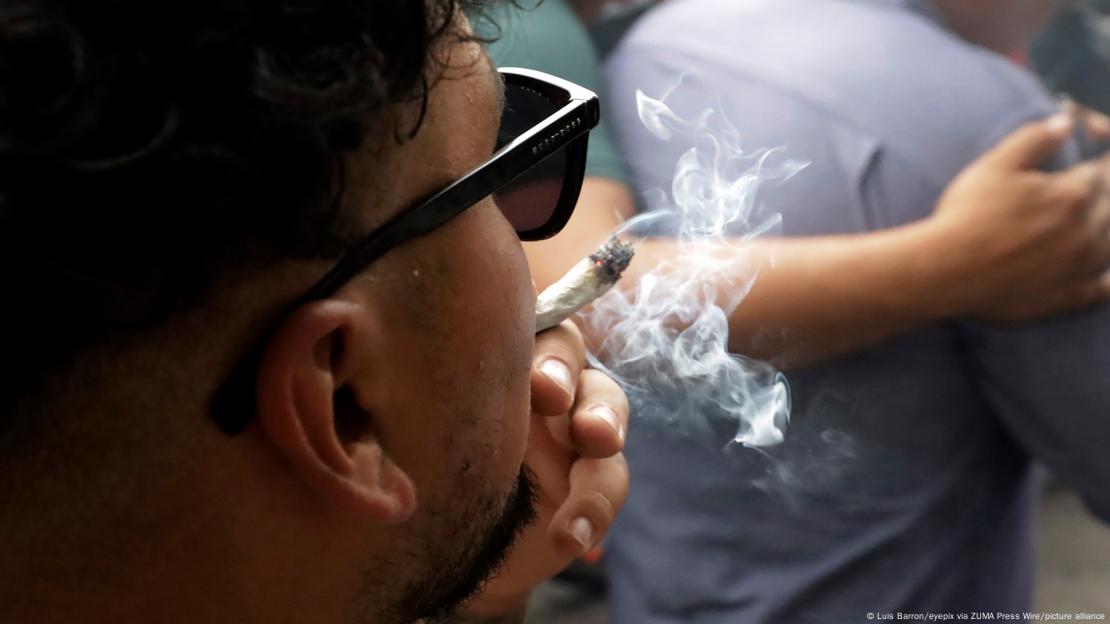
In October 2018, Canada legalized the recreational use of cannabis. The primary objective was improving public health and safety related to the drug while reducing crime and sentencing related to its procurement.
A series of studies took stock of the last five years, asking what effect legal access to cannabis had on the country.
The results are mixed, according to a recent commentary article published in the Canadian Medical Association Journal on October 10.
The available evidence suggests that outcomes related to health — such as the prevalence of cannabis use, cannabis-related health emergency visits, admissions to hospital and cannabis-impaired driving — have either increased or remained steady.
On the other hand, there has been a significant drop in the number of criminal arrests and charges related to cannabis use. As a result, stigma related to cannabis use reduced among both youth and adults, the paper claims.
"[This] should be noted as related positive social justice and possibly indirect public health outcomes," the authors write in the commentary.
Cannabis legalization in Canada
The Cannabis Act of Canada allows adults to use and access up to 30 grams (1.06 ounces) of dried cannabis in public. This is restricted to non-public settings for young people between 18 and 21 years of age, depending on the province.
The law also allows retail sale of cannabis products either in shops or via the Internet. People can also grow and sell limited amounts of home-grown cannabis.
New threshold-based restrictions on cannabis-impaired driving were also put in place.
Public health during cannabis legalization
A national survey monitoring cannabis usage before and after the legalization showed an increase in cannabis use from 22% in 2017 to 27% in 2022.
The rate of daily usage remained stable at around 25%. Cannabis use among youths also remained stable at the high levels observed before legalization.
However, a study among youths in Ontario and Alberta showed a 20% increase in cannabis-related emergency department presentations and admissions to hospitals over the course of legalization.
Other studies in Ontario show up to a 13-fold increase in rates of emergency department visits and near doubling in episodes of pregnancy care where cannabis was present.
Another study reported an almost three-fold increase in emergencies related to cannabis poisoning among children.

Image: Luis Barron/eyepix via ZUMA Press Wire/picture alliance
Legal sources of cannabis
The commentary article notes a steady increase in the number of cannabis consumers obtaining the drug legally.
"Most recently, data have shown that about two-thirds of cannabis users purchase from legal sources, with levels varying between 50% and 80%, depending on the cannabis product type," the authors write.
Obtaining the product illegally could significantly influence the quality of the product and increase the risk of poisoning which occurs from consuming adulterated or poor-quality cannabis.
Further cannabis-related driving impairment appears to have remained stable or decreased slightly in British Columbia.
The good news is that legalization has substantially decreased cannabis offenses and arrests among both adults and youth. This translates into substantive prevention of criminal penalties and records that hamper social and professional opportunities, the study suggests.
Lack of country-wide data
Most of the evidence has been collated from isolated studies conducted locally in some provinces. As such, there is a lack of data showing trends across the country.
Canada-wide data will also reveal how different restrictive policies in different states affect health and social parameters.
Further, there is limited data about how successful cannabis has been when used in medical treatments.
"At this stage, cannabis legalization in Canada appears not to have been the public health disaster anticipated by some of its opponents, but It cannot be described as a comprehensive or unequivocal success for public health either," the study concluded.
Edited by: Fred Schwaller








